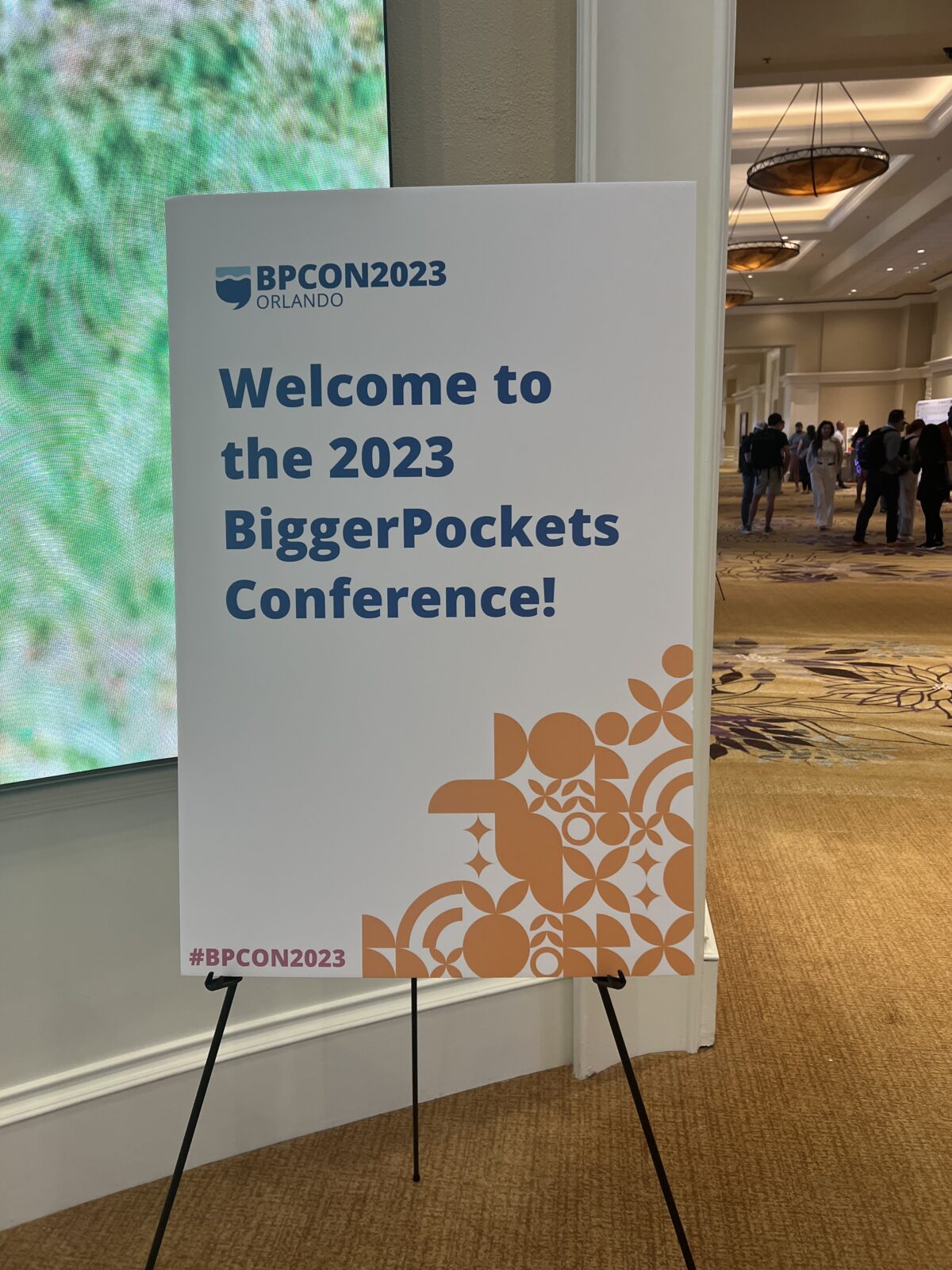Bank Lending vs. Private Lending
Construction projects require financing, which can be obtained through either banks or private lenders. Banks rely on depositors or federal government funds for their financing, while private lenders secure funds from investors, banks, or both. Unlike traditional banks bound by regulations that dictate borrower profiles and eligible business types, private lenders offer greater flexibility. They operate within the framework of state and federal laws but can adapt to a broader range of customer profiles and loan types. Choosing a private construction loan provider can offer advantages such as a simplified approval process, faster access to funds, greater flexibility, and more customizable loan options tailored to individual needs.
Bridge Loans
A bridge loan is a short-term loan to provide financing during a transitionary period, such as when a builder or flipper has recently completed a project and is awaiting the property to sell, or when a new rental property is in need of seasoning before being eligible for long-term financing.
Bridge loans are among the most common asset-based loans offered by private lenders. Offering short-term financing based on the current value of a property, bridge loans provide the funding needed until more permanent financing is secured or until existing obligations are removed (i.e., a property is sold).
Receiving the bridge loans allows the borrower to cover upcoming expenses in between paying off past projects and wrapping up their loose ends.
Construction Loans
Ground-up construction loans, including those provided by LYNK Capital, cater specifically to investors involved in new construction projects. Offering flexibility and swift funding, private construction loans differ from traditional bank loans by focusing less on debt-to-income ratios and tax returns. Instead, they consider the property’s value and the borrower’s construction experience. It’s important to note that private construction loans, including those from LYNK Capital, are generally not available for owner-occupied properties. Investors and developers seeking a rapid funding option and a streamlined process free from traditional bank formalities can find private construction loans appealing.
Construction-to-Permanent Loans
Construction-to-permanent loans initially function as construction loans but subsequently convert into conventional mortgages once the project is complete. These loans are offered by banks as well as specialized lenders and feature short-term financing for the construction phase, followed by a traditional mortgage such as a fixed-rate 30-year loan. To qualify for construction-to-permanent loans, borrowers must meet all credit and financing requirements. This loan type primarily targets builders planning to reside in the property after completion, as it is not suitable for house flippers or investors intending to sell the property immediately.
Asset-Based Short-Term Lending
Asset-based short-term loans serve as an alternative for borrowers who struggle to secure other forms of financing. These loans typically require collateral, such as property or other assets, and may feature higher interest rates. However, they often provide more flexibility in terms and underwriting requirements, allowing negotiation between the borrower and lender. Similar to private construction loans, asset-based loans are typically not suitable for funding owner-occupied construction properties.
Loans From a Private Investor
Securing a construction loan through a private investor presents an ideal solution, as it offers flexibility in negotiating loan terms. However, this option requires establishing a relationship with an investor who has available funds and an interest in investing in the construction project. Personal connections or contacts with potential investors are essential to pursue this avenue successfully.
Choose LYNK Capital for Your Construction Loan
LYNK Capital provides comprehensive construction loan options to support your real estate ventures. Whether you’re embarking on a small or large-scale project, our experienced team will help you navigate the various loan options available.
LYNK Capital has funded over $750 million of loans like yours. As a direct lender specializing in construction loans for builders, we’ll give you confidence that you’ve found a strong partner to help you meet your real estate investment goals.
Our team of experienced professionals is dedicated to assisting you throughout the loan process, providing tailored solutions that align with your specific requirements. By leveraging our expertise and extensive network, we can help you secure the funding you need to turn your construction project into a reality.
To reach our team, call (407) 476-2500 or contact us by email at [email protected].








